
If you’ve read any of Cheryl’s great articles about no-dig gardening, you’ve probably wondered if this way of gardening would work with your existing raised beds. And the answer is a resounding yes! Depending on how exuberant you are with your shovel, you might even be ahead of the game.
There are a ton of benefits when switching, and once you get started, you’ll see that raised beds are perfect for no-dig gardening.
What’s the Big Deal? Why Is No-Dig Gardening Popping Up Everywhere?
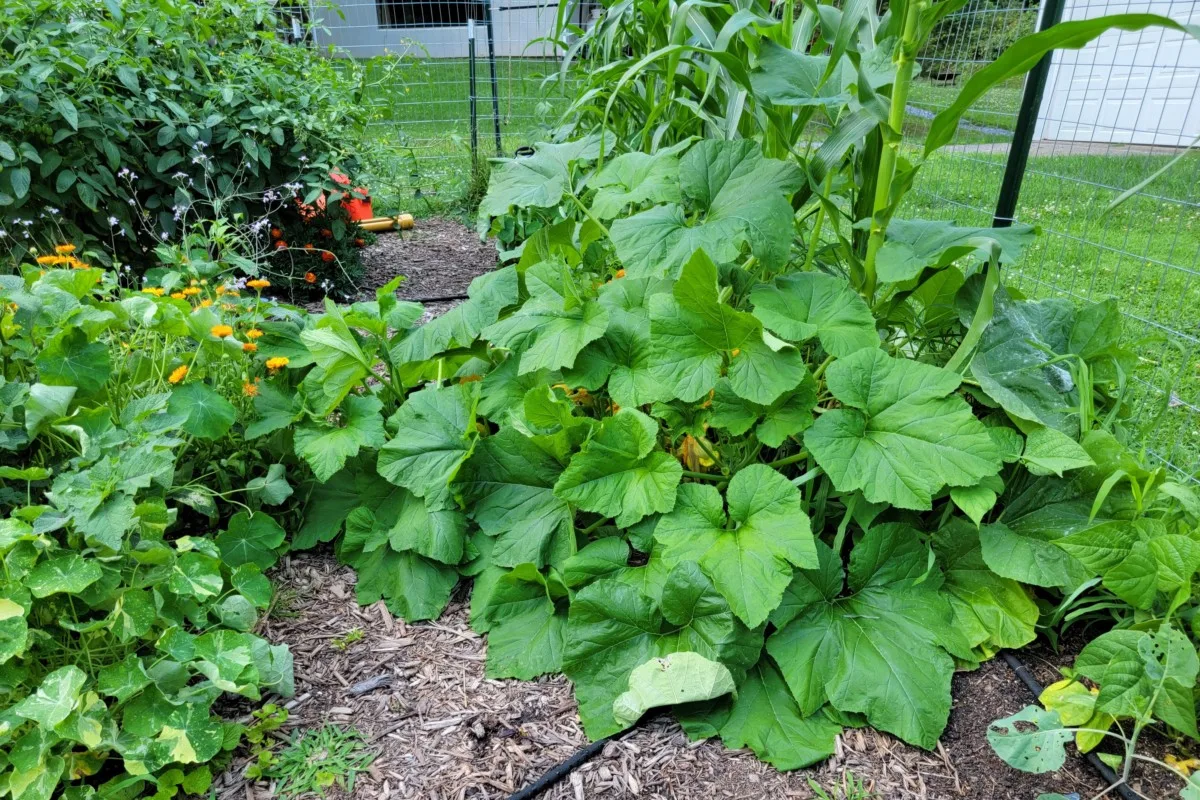
For decades we’ve been told the best way to maintain the soil in our gardens is to dig or till it up each season. The wisdom being that it breaks down organic matter from the previous year, helping it to decompose quicker, mixes compost and fertilizer directly into the soil to provide nutrients to the plants and breaks up soil which would always get compacted during the season.
While all of this back-breaking labor did lead to improved yields, the payoff only lasted for the season. If you wanted the same results again next year, you had to do it all over again. Despite all the hard work each season, it never led to improved soil; instead, it maintained a vicious cycle.
And let’s not forget all that weeding.
Let Sleeping Weeds Lie
Have you ever noticed how weeds take over construction sites? Where the spot was empty before, suddenly it’s covered in weeds simply because a crew started digging in the dirt.
Weeds are made for the long haul. They are meant to lie dormant beneath the soil, just waiting for the perfect opportunity, some for decades. For example, wild morning glory can lie dormant for fifty years beneath the soil. But all it takes is someone to come along and disturb the soil, and before you know it, everything is covered in twisting vines, and you’ll be yanking it out of your garden for the rest of your days.
Now imagine unearthing all those weed seeds every single year. It’s no wonder we were pulling out our hair along with the weeds.
It turns out our ‘wisdom’ was pure folly.
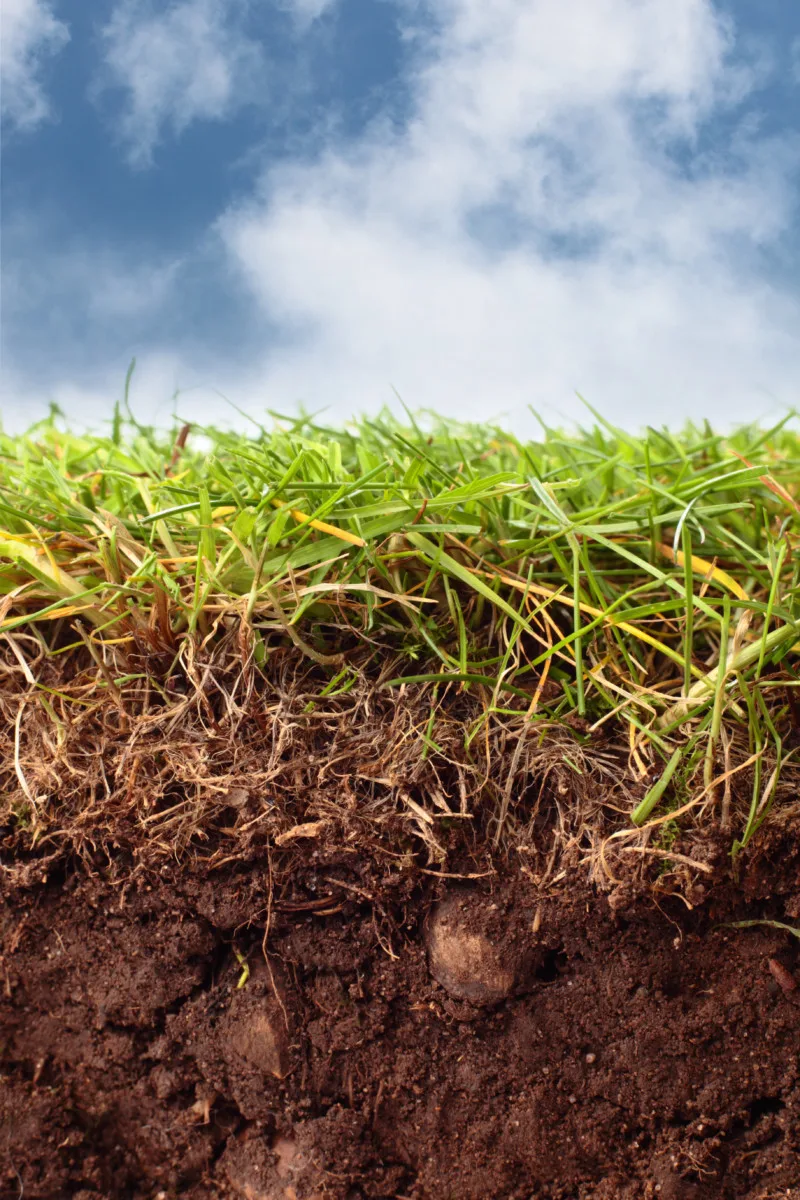
It’s only been in the past decade or so we’ve begun to look closer at what’s happening beneath our feet. And what we’ve found is surprising. Much of it concerns the relationship between fungi that occur naturally in the soil and plants.
Based on findings in fossils, scientists believe that plants relied on fungi as rudimentary root systems, which allowed them to move from water to land-dwelling organisms. This mycorrhizal partnership between fungi and plants continued. It’s estimated that around 90% of land-based vascular plants (having a root system) need assistance from fungi to grow. (The New York Botanical Garden)
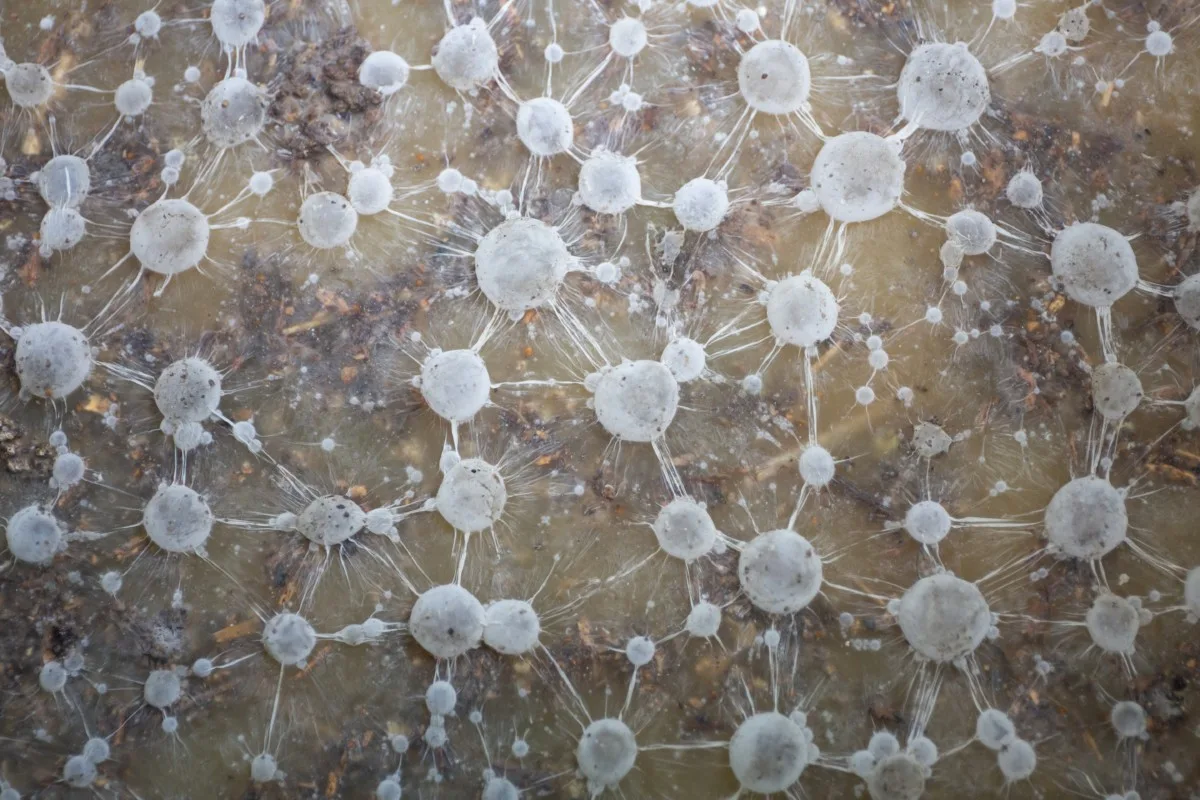
In a nutshell, these fungal networks colonize within the roots of plants, vastly expanding the surface area of the plant’s root system. They also release enzymes into the soil, which break down nutritive molecules before reabsorbing them into the plant’s roots.
Applying this relationship to gardening adds up to massive root systems, giving you larger plants that are much more resistant to drought and disease with larger yields due to the improved nutrient intake. And in the long run, you will finally see improved soil as the fungal and microbial network grows and spreads beneath your feet each year.
But this can only happen if a mycorrhizal network is beneath your feet. If we’re tilling, digging, and yanking up dead plants every season, we’re also destroying this delicate structure beneath the soil.
By putting the shovel down and making a few simple changes in how you plant and maintain your garden, you can reap the benefits of no-dig gardening in your raised beds.
Kick-Start Your No-Dig Raised Bed
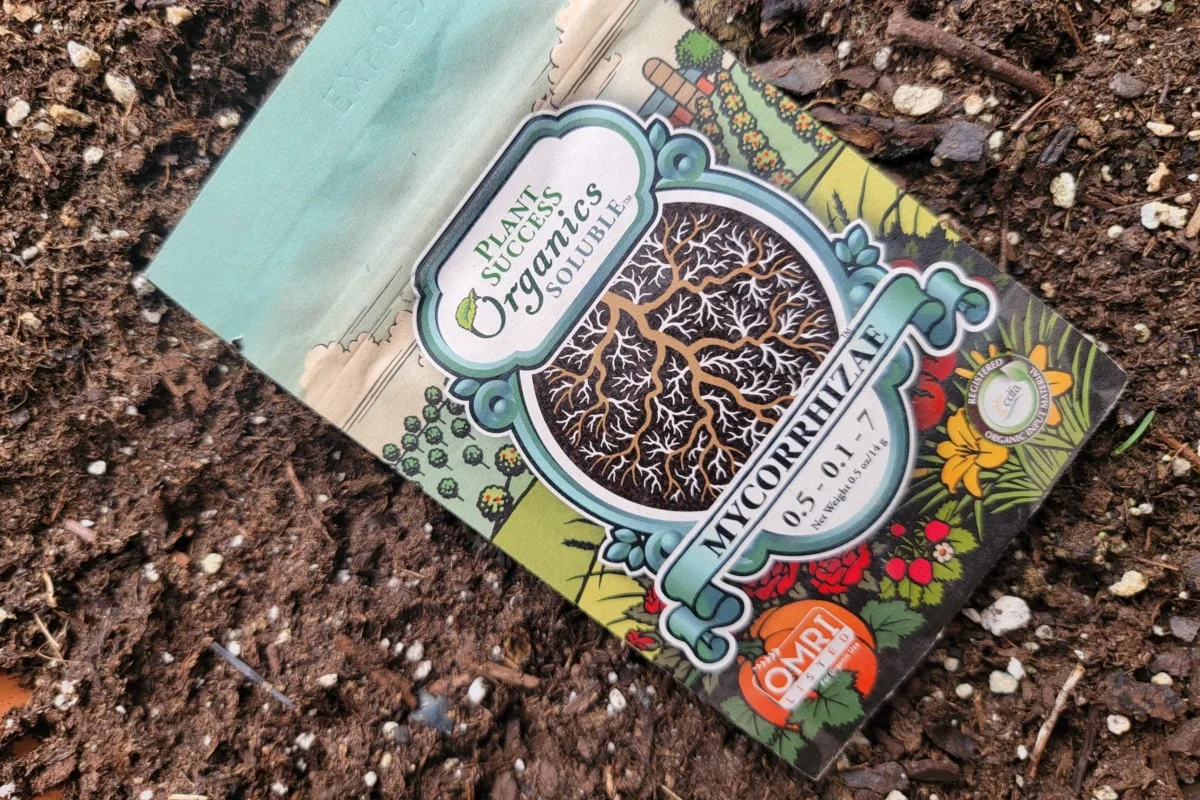
If your raised beds are self-contained, with no contact with the natural soil, then you’ll need to treat them a bit like an aquarium setup, adding everything your little ecosystem will need. Remember, we want to grow more than plants; we want to grow a healthy soil biome within your raised beds.
To do that, you’ll need to inoculate the soil with a quality mycorrhizae mix and plenty of organic matter like compost and leaf mold, which contain their own host of microorganisms. Adding in some earthworms will help too. They’re fantastic at breaking down organic matter.
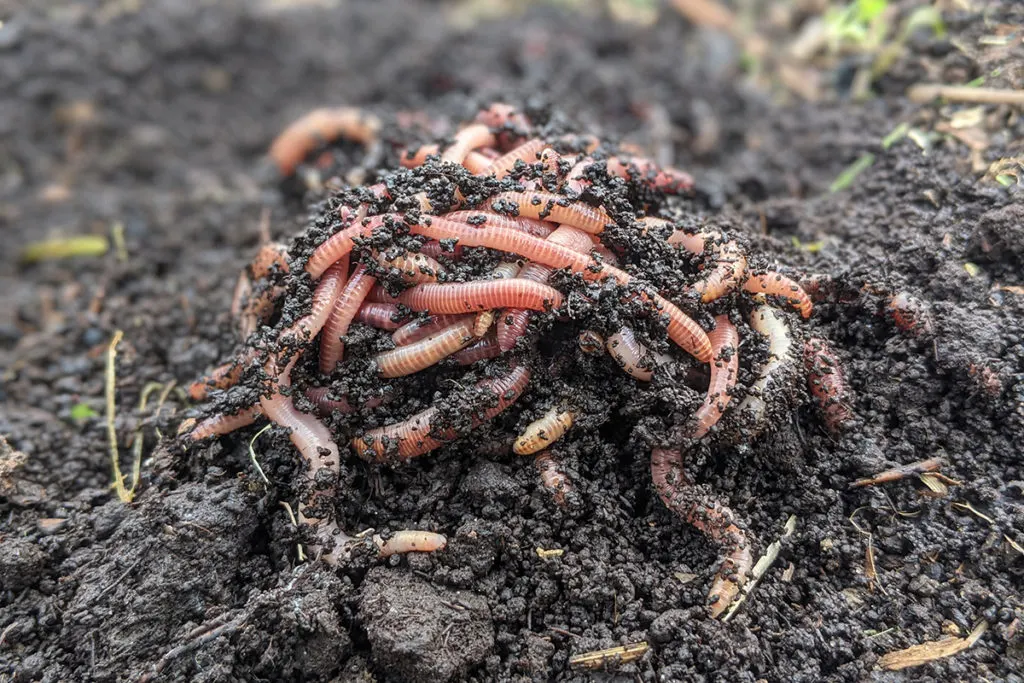
Raised beds with actual, living soil make your job as a gardener much easier.
If your raised beds are sitting directly on the ground, they should get help from the existing microbiome beneath them. However, if your soil was very poor or damaged due to excessive tilling or digging, you may also want to amend your beds as described above.
If this is your first year inoculating your soil with mycorrhizae, some believe you should wait a season before growing deep-rooted plants that require being removed from the ground, such as carrots, parsnips and potatoes. There isn’t much evidence to support this practice yet one way or another, so until the ag scientists weigh in, it’s anybody’s guess.
The Icing On the, Er, Raised Bed
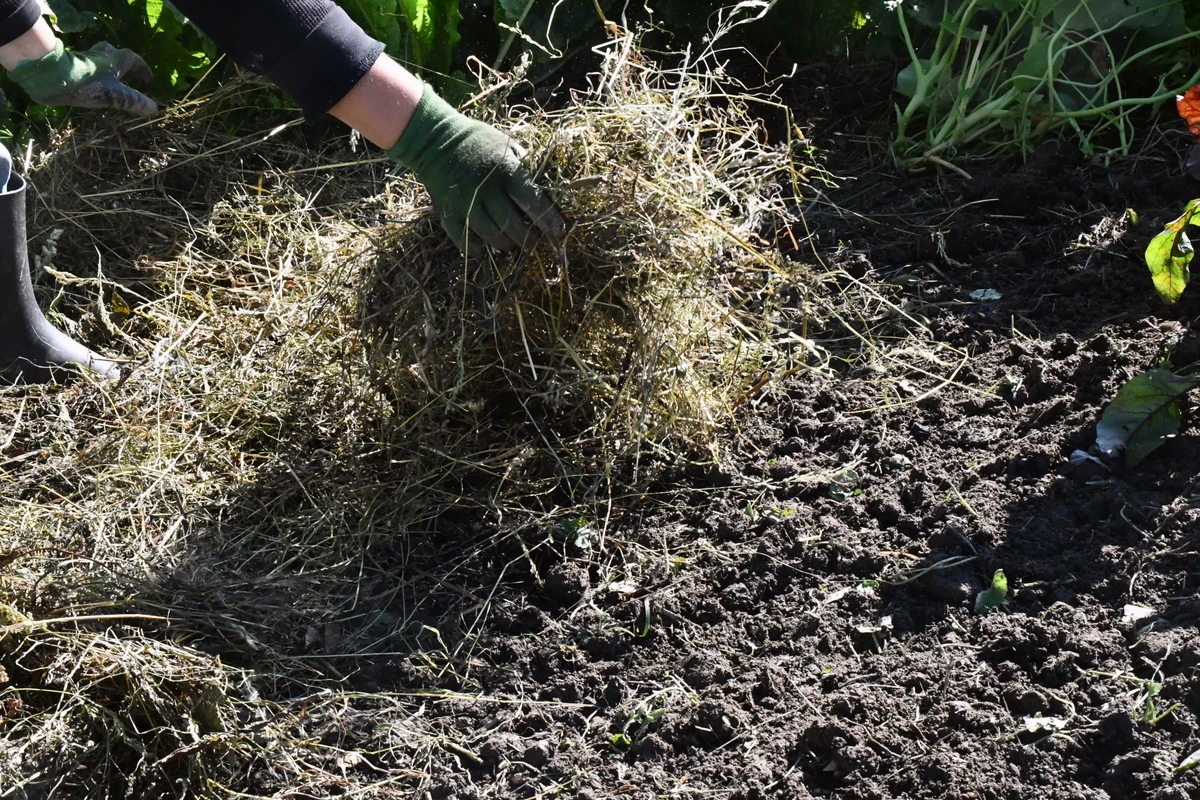
Finish off with a final layer of compost. Compost has all kinds of microbes growing in it. Then seal it all in with a layer of mulch. Hay, grass clippings, dried leaves, use whatever you have to hand. This protects the soil from erosion and being compacted by rain. It locks in moisture and keeps weeds at bay.
And as you’ll see, it will protect tender seedlings.
Once you’ve amended the soil to allow the fungi, bacteria and other organisms to colonize your soil and added that top layer, you have to change how you grow in it. This is the no-dig part and the key to letting all those beneficial ‘bugs’ begin creating an entire world just below the soil.
Planting In a No-Dig Raised Bed
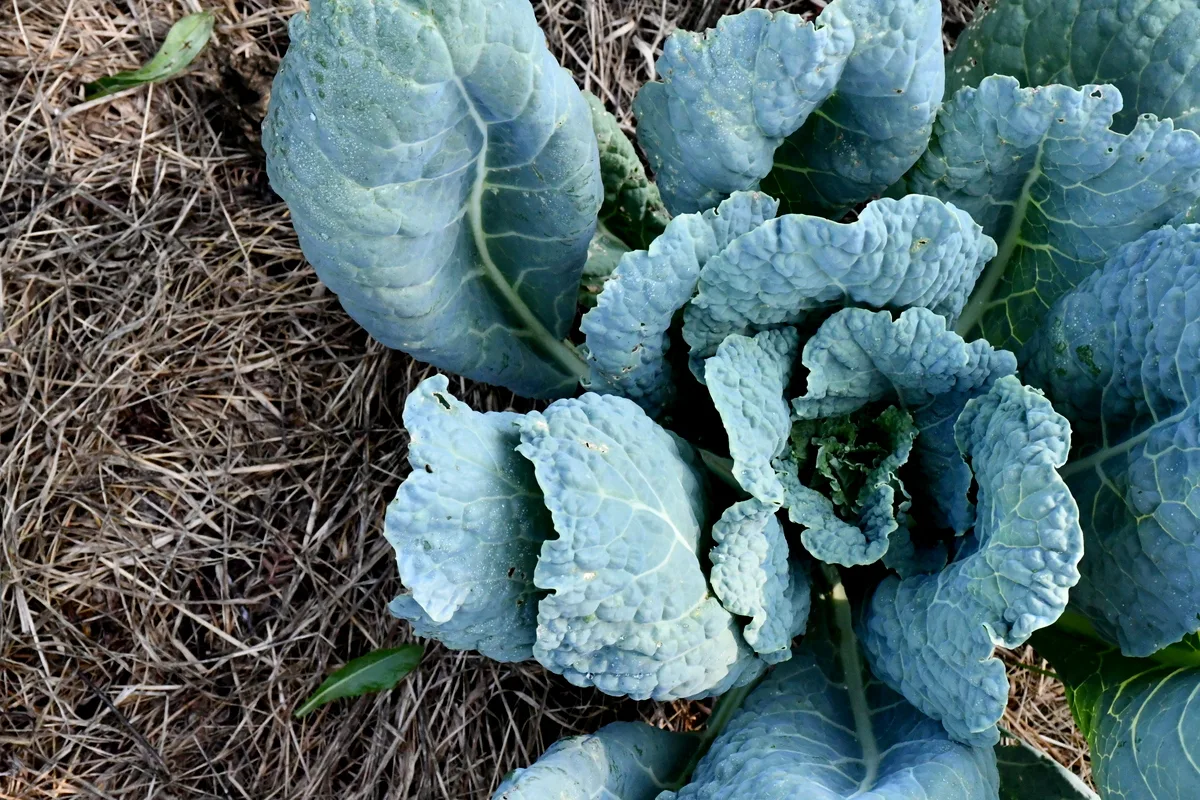
Planting becomes a matter of using your hands, a hori-hori knife, or a trowel. We’ll no longer be digging holes for transplants or making small trenches with a hoe. We won’t be “fluffing” the soil before we plant. The idea is to disturb the soil as little as possible.
Plant seedlings by parting the mulch and using your hand, trowel or hori-hori to slice straight down into the ground. Pull the trowel aside just enough to slip the seedling into the ground before pulling the trowel back out. Gently pat the seedling into place and arrange the mulch around the seedling again.
Planting seeds is a little different. You can either lift off a section of mulch and allow the seeds to germinate before rearranging the mulch around the sprouted seeds, or you can open up a small hole in the mulch before placing the seed directly on top of the soil or poking them gently into the dirt. Use your best judgment based on the seed size and how many you’re planting.
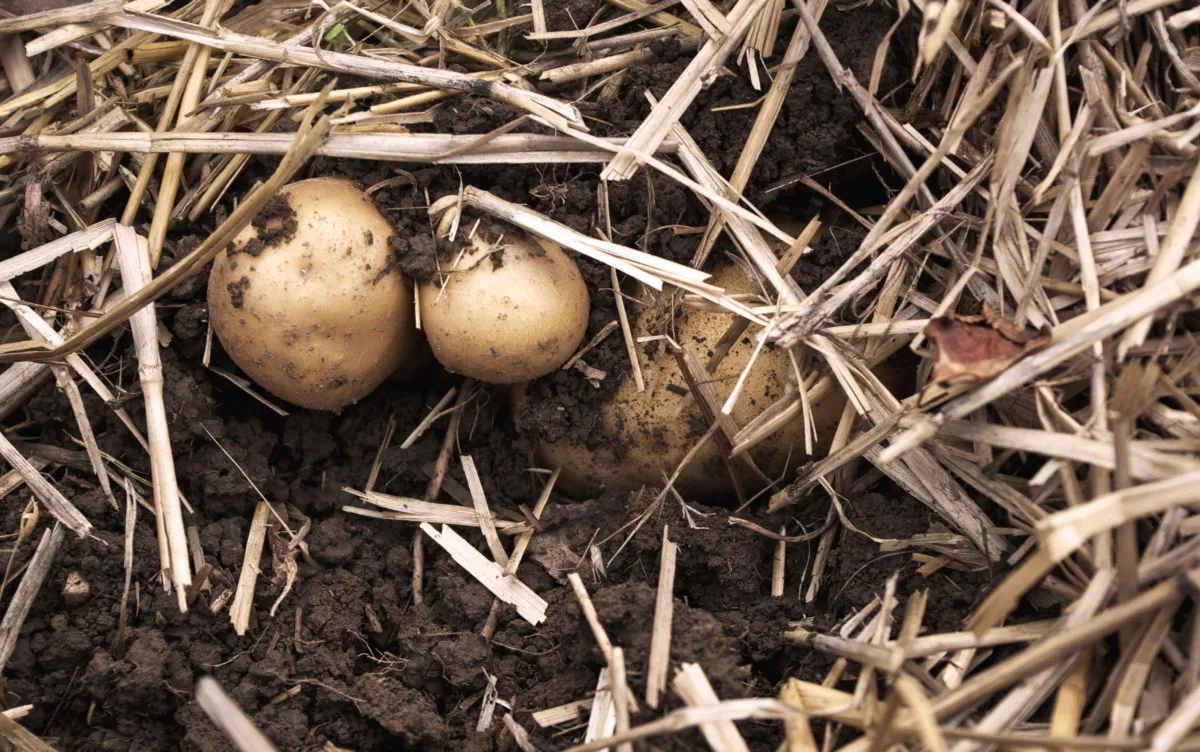
Planting potatoes in a no-dig garden is the easiest way to grow potatoes. You simply lay your seed potatoes on top of the soil, beneath the mulch. Cheryl walks you through growing potatoes this way here.
Related Reading: 20 Vegetables to Grow In a No-Dig Garden
Mulch Is Your Friend
Mulch is an important part of no-dig gardening. It keeps soil in place, protects plants, keeps weeds to a minimum and prevents evaporation. But one of the most important things it does is slowly break down, becoming a part of the soil.
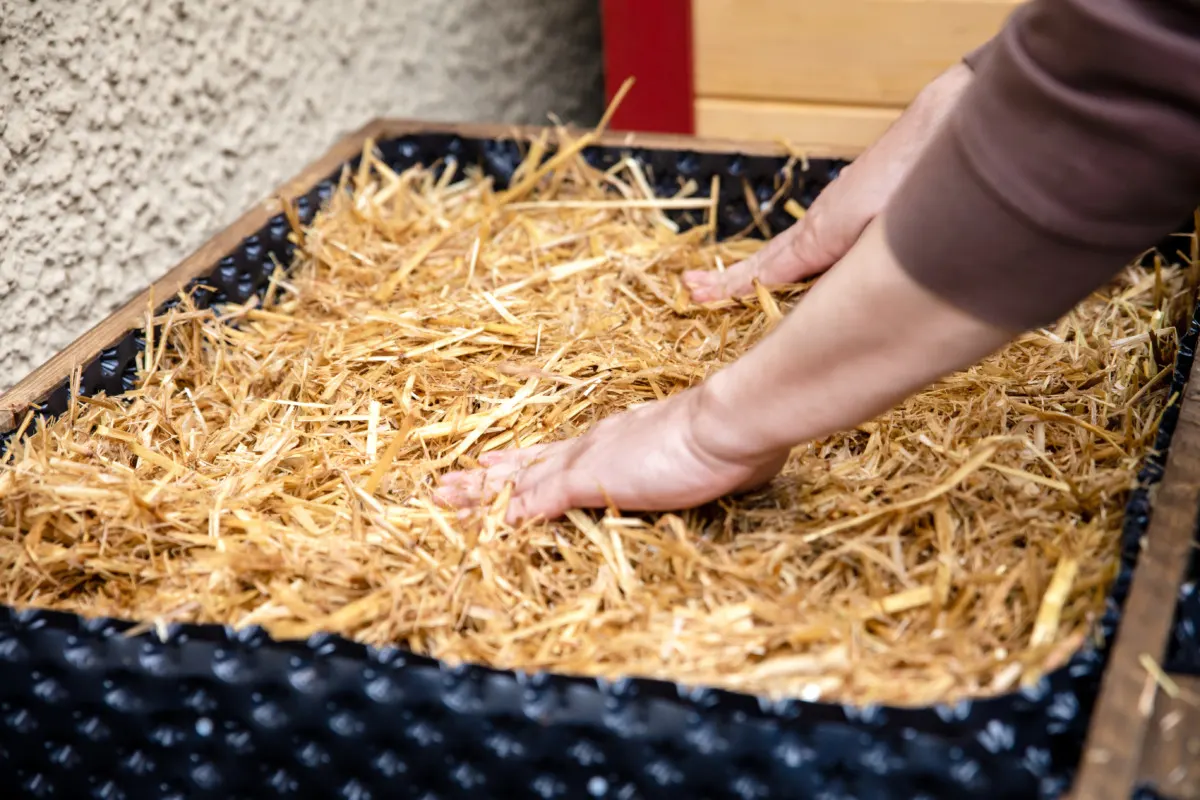
Each season you should add a new layer of mulch to replace the mulch broken down into the soil. Buying mulch can be expensive, so take a look around your home. Chances are you already have suitable mulch material on hand.
And that’s that.
Once you get it growing, a no-dig garden isn’t all that different from any other. Although your back won’t be as sore, you’ll have less weeding to do, and you’ll probably notice a lot more veggies.
To Close Up the Garden Or Not?
At the end of the season, it’s time to put the garden to bed. Before you were a no-dig gardener, that would have meant pulling everything up and tilling it all under for next year. But not anymore.
You’ve got a couple of options.
You can chop your finished plants off at the base, leaving the crown to slowly decompose in the ground and tossing the dead top part onto the compost pile. Or you can chop-and-drop, which is to cut the dead plants off at the base and rough cut the dead leaves and stems to become part of your mulch and return to the soil. Cheryl can walk you through winterizing your no-dig garden.
Finally, this is another increasingly popular option; you can leave everything where it is and let it decay through the winter.
There are some good reasons not to tidy up your garden.
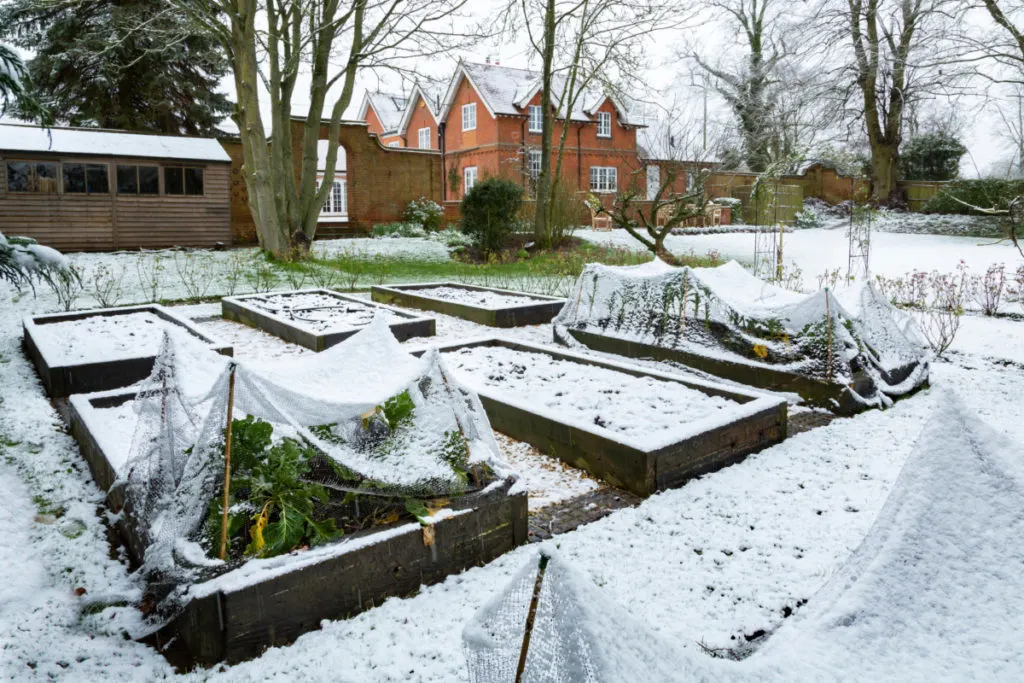
As we learn more about the importance of native insect populations, we realize that a tidy garden robs them of a place to winter over. Many gardeners opt to do nothing and let the garden go to sleep as it stands, choosing to cut off any remaining dead stalks in the spring after the insects have become active again.
So yes, you can have no-dig raised beds. One would even argue that the two methods were meant to go together. What could be easier?

Get the famous Rural Sprout newsletter delivered to your inbox.
Including Sunday ramblings from our editor, Tracey, as well as “What’s Up Wednesday” our roundup of what’s in season and new article updates and alerts.

